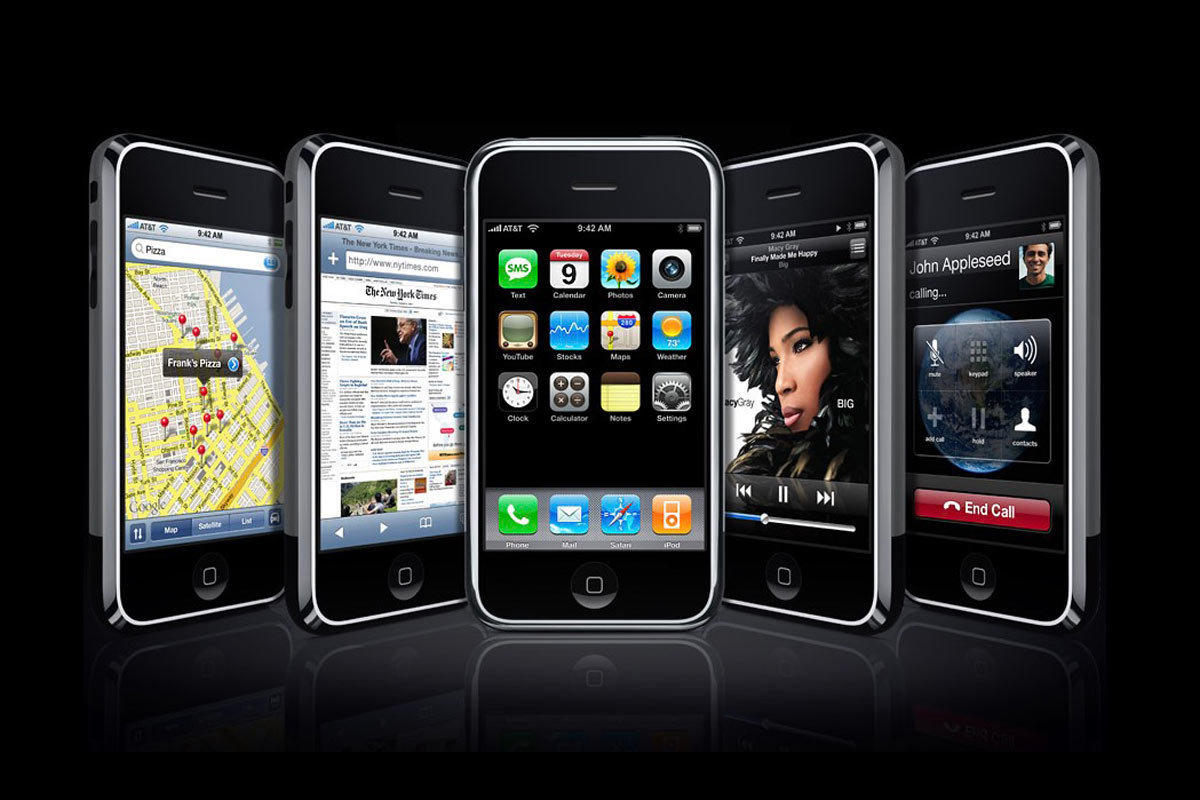
The enterprise has become remote and mobile

I focus on how Apple’s solutions and ecosystems can boost enterprise productivity and enable new ways of working, but I never expected these ideas to become mandatory, as they have in recent weeks.
Mobility is holding things together
We were already engaged in the digital transformation of daily life.
Technology was already wrapped around most business processes and much of our personal life. Many of us already use iPhones for everything and wear an Apple Watch to help manage our health.
What COVID-19 has done is accelerate the transformation, forcing even the most reluctant enterprise (including Apple at times) to adopt remote working practises, fast.
Gallup data claims that in just three weeks around lockdown, the percentage of employees working from home doubled, from 31% to 62%.
This is meeting an unmet demand for many employees.
Gallup already claims that over half of those working from home at this time would like to do so as much as possible once the crisis is over. What’s interesting is that over half (52%) of managers say they will allow them to do so.
This is supported by IDG data which shows around 71% of IT leaders now have a more positive view of remote working.
Toward a remote future
Things are changing.
A Glassdoor survey showed 67% of employees would support the decision by their employer to mandate employees “work from home indefinitely” due to COVID-19.
While most workers don’t have the option, those that do have learned a great deal in the last few weeks (and invested in office equipment) — so why waste this learning?
Employers are also learning how to stay productive in crisis while protecting employees from some of the consequences of remote working – Orange Business Services, for example, encourages its workforce to use its messaging tools for both work and personal interaction.
There have been many challenges
The speed with which most enterprises have had to pivot themselves to support remote working has generated plenty of challenges.
Employees have had to learn how to handle their own security, enterprises have needed to figure out how to support them. In the rush to do so the need to deploy solutions fast may have meant compromises that can’t be sustainable.
The systems used by employees at home may also have generated challenges.
While this is far less of a problem for Mac or iOS devices, some platforms may still be running old or vulnerable versions of operating system software, leaving enterprise data potentially exposed.
Most remote operations have also had to defend themselves and their employees against the uptick in phishing attempts and COVID-19-related scams.
The latter is compounded by poor network and base point security across some employee home systems. OneLogin claims that 50% of remote workers in the UK have not changed their home Wi-Fi password in the last two years.
OneLogin also claims 10% of remote workers it spoke to say they have downloaded a work application without permission. Enterprises with existing investments in endpoint management or MDM systems will have some advantages here, as much of the data backup process can be automated.
Managing the response to these problems is not trivial.
It is likely that many enterprises have already made significant investment in doing so.
As such it makes sense to adopt remote working practises more in future, refining and improving them in future.
Thinking of the return
With the outbreak unlikely to end for some time yet, (Google employees will be working from home until 2021), remote working is here to stay.
This may be a good thing. Remote working may eventually generate productivity increases, rather than compromises: Employees respond positively to gaining control across their working culture.
This new transition opens up discussions on what the future of the workplace will be and creates an opportunity to consider the future of retail, transportation, and other industries.
It is also testament to the power our mobile technologies already have. The digital transformation of everything has been accelerated.
It’s unlikely that we’re going back.
Please explore more of my current coverage, which should provide useful insights into using Apple’s technologies to survive the current crisis.
Please follow me on Twitter, or join me in the AppleHolic’s bar & grill and Apple Discussions groups on MeWe.
